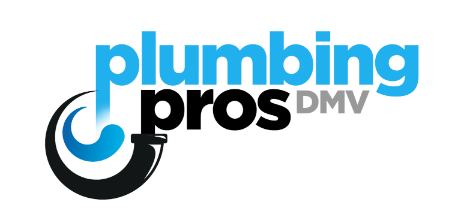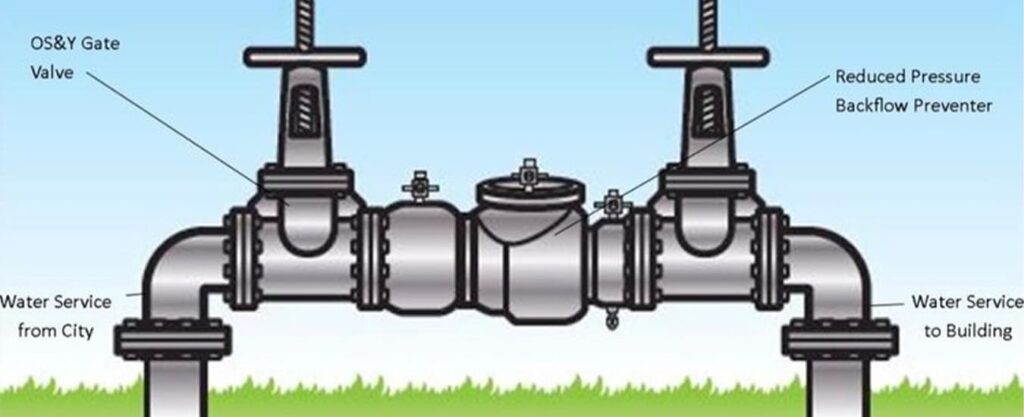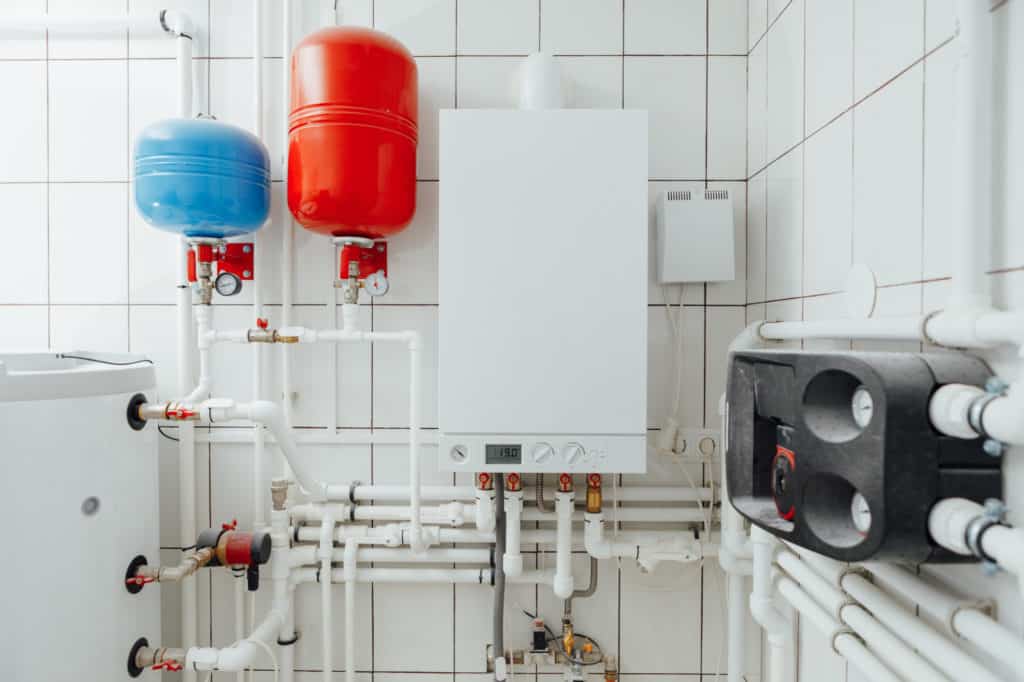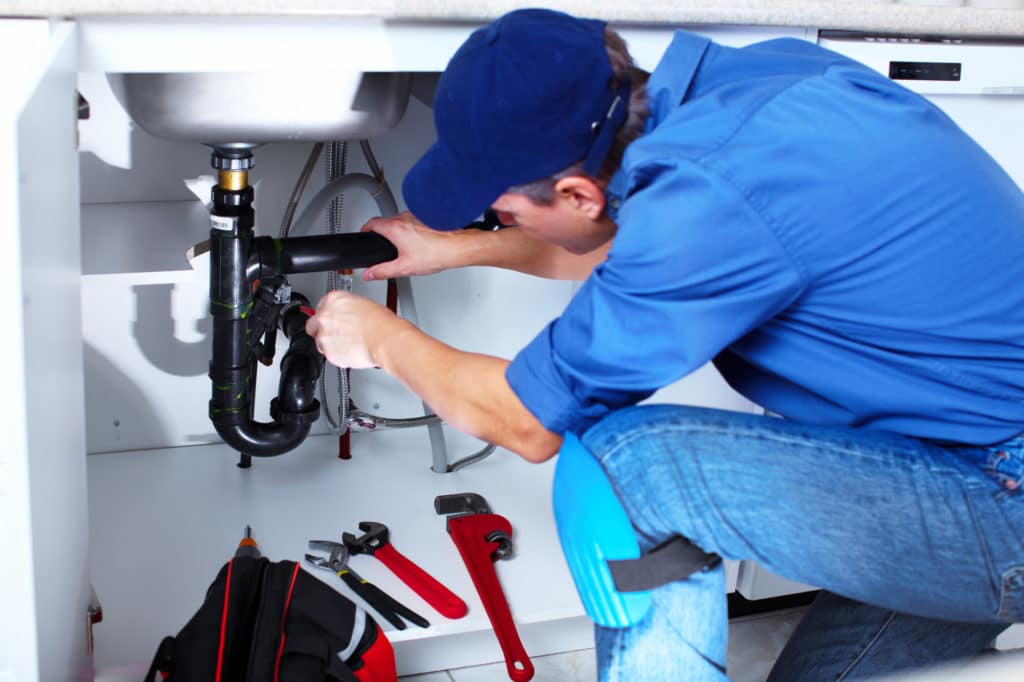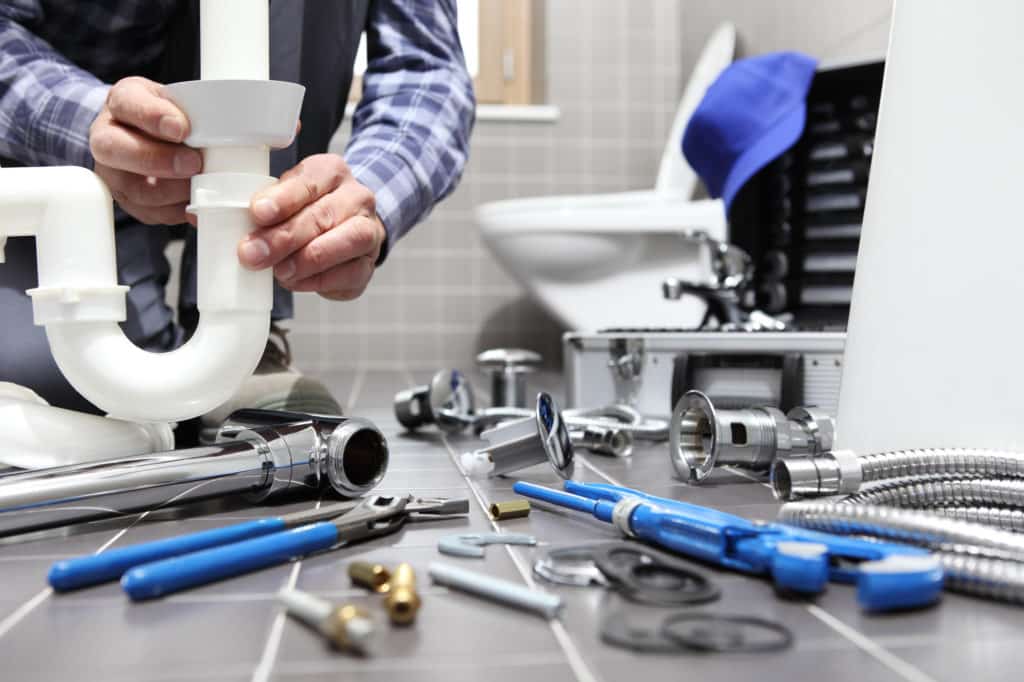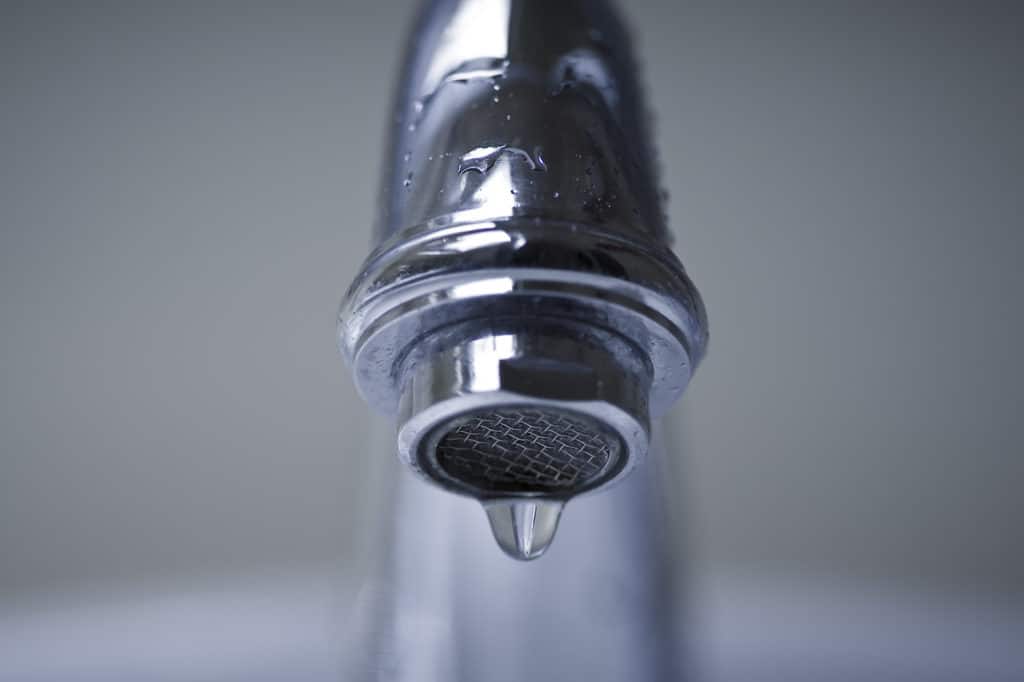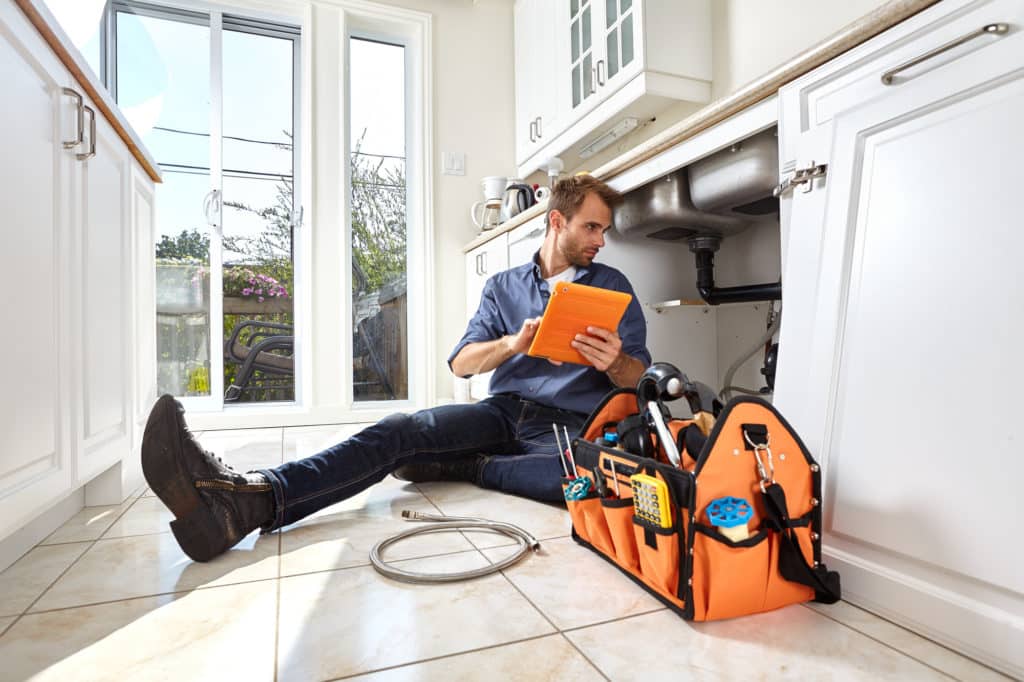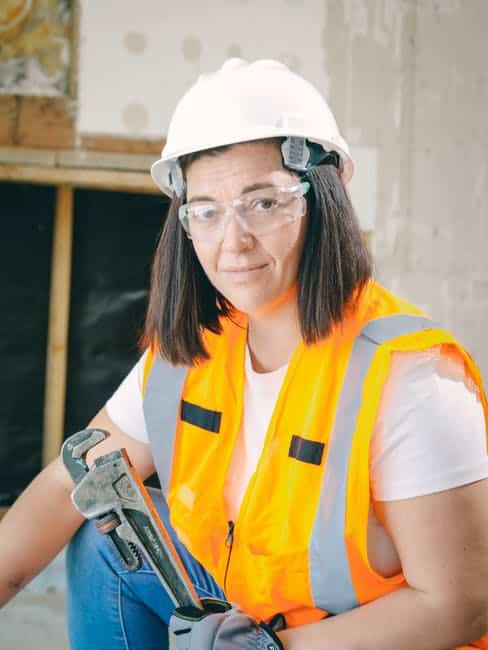What is a Backflow Preventer?
A backflow preventer is a device that prevents contaminated water from flowing back into the public water supply. This device is crucial because it protects the public water supply from contamination caused by backflow, which can occur when there is a sudden drop in water pressure or when there is a cross-connection between the public water supply and a source of contamination.
Types of Backflow Preventers
There are several types of backflow preventers, including atmospheric vacuum breakers, pressure vacuum breakers, and reduced pressure zone assemblies. Each type of backflow preventer is designed for a specific type of plumbing system and level of hazard.
Why is a Backflow Preventer Important?
A backflow preventer is important because it protects the public water supply from contamination. Without a backflow preventer, contaminated water can flow back into the public water supply, putting the health of the community at risk. Backflow can occur due to a variety of reasons, including high demand on the water supply, a burst water main, or a malfunctioning valve. A backflow preventer ensures that the water flows in only one direction and prevents the contaminated water from entering the public water supply.
Who Installs Backflow Preventers?
Backflow preventers are installed by licensed plumbers or certified backflow testers. These professionals have the knowledge and experience to install backflow preventers properly and to ensure that they are functioning correctly. It’s important to hire a licensed plumber or certified backflow tester to install your backflow preventer to ensure that it is installed correctly and that it meets local codes and regulations.
How to Find a Qualified Backflow Preventer Installer
When looking for a qualified backflow preventer installer, it’s essential to do your research. You can start by asking for referrals from other property owners or managers in your area. You can also search online for licensed plumbers or certified backflow testers in your area. Once you have a list of potential installers, be sure to ask for references and verify their licenses and certifications.
When Should a Backflow Preventer Be Installed?
A backflow preventer should be installed whenever there is a risk of backflow contamination. This includes commercial properties, industrial facilities, and residential properties with irrigation systems, fire sprinkler systems, or other sources of potential backflow. In addition, many municipalities require backflow preventers to be installed on all new construction or when a property changes ownership.
Backflow Preventer Testing and Maintenance
It’s important to have your backflow preventer tested and maintained regularly to ensure that it is functioning correctly. A licensed plumber or certified backflow tester can perform the necessary tests and maintenance to ensure that your backflow preventer is working properly and that it meets local codes and regulations.
How is a Backflow Preventer Installed?
The installation of a backflow preventer involves several steps, including selecting the appropriate type of backflow preventer for the plumbing system, obtaining any necessary permits, and ensuring that the backflow preventer is installed correctly and meets local codes and regulations. A licensed plumber or certified backflow tester will be able to guide you through the installation process and ensure that your backflow preventer is installed correctly.
Backflow Preventer Installation Costs
The cost of installing a backflow preventer can vary depending on the type of backflow preventer and the complexity of the installation. Generally, the cost of installing a backflow preventer ranges from a few hundred dollars to a few thousand dollars. However, the cost of not installing a backflow preventer can be much higher, as the cost of potential contamination and liability can far outweigh the cost of installation.
FAQs
Q:What is a backflow preventer?
A: A backflow preventer is a device that prevents contaminated water from flowing back into the public water supply.
Q: Who installs backflow preventers?
A: Backflow preventers are installed by licensed plumbers or certified backflow testers.
Q: When should a backflow preventer be installed?
A: A backflow preventer should be installed whenever there is a risk of backflow contamination. This includes commercial properties, industrial facilities, and residential properties with irrigation systems, fire sprinkler systems, or other sources of potential backflow.
Q: What are the consequences of not having a backflow preventer?
A: Without a backflow preventer, contaminated water can flow back into the public water supply, putting the health of the community at risk. The cost of potential contamination and liability can far outweigh the cost of installation.
Q: What is the difference between an atmospheric vacuum breaker and a reduced pressure zone assembly?
A: An atmospheric vacuum breaker is the simplest type of backflow preventer, while a reduced pressure zone assembly is the most complex. The main difference between the two is the level of protection they provide and the type of plumbing system they are designed for.
Conclusion
In conclusion, a backflow preventer is a critical component of your plumbing system that ensures your drinking water remains safe and clean. Backflow preventers are installed by licensed plumbers or certified backflow testers and should be installed whenever there is a risk of backflow contamination. The cost of not having a backflow preventer can be significant, as the health of the community is put at risk, and liability can far outweigh the cost of installation. Regular testing and maintenance are essential to ensure that your backflow preventer is functioning correctly and meets local codes and regulations. We hope this article has provided you with valuable information about backflow preventers and their importance in keeping our drinking water safe and clean.
